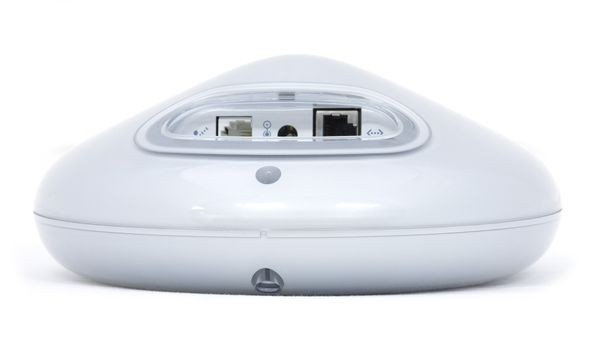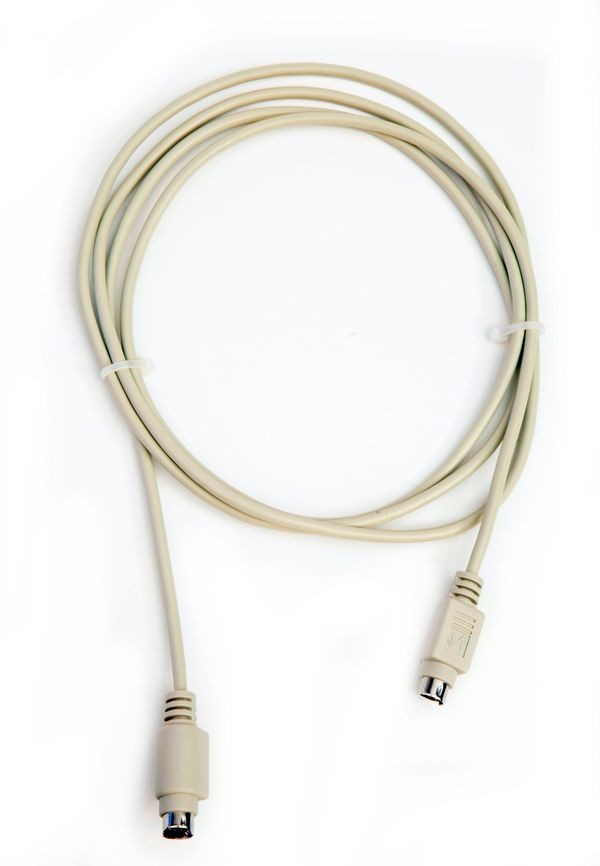Local Networks in the Internet Age
Airport Base Station
In 1999 the IEEE 802.11b short-range radio networking standard was rebranded “Wi-Fi.” Consumer products like Apple’s Airport helped popularize cable-free connections.
Local Networks in the Internet Age
Local networks expanded from offices to homes, cafes, libraries—wherever people gather.
Ethernet remains the dominant wired network protocol, though it has evolved considerably since the 1970s. Wi-Fi, originally “wireless Ethernet,” helped whet an appetite among users for fully untethered network connections, a dream ultimately realized by mobile phone networks.
CAT 5 Ethernet cable with RJ45 connector
Once known mostly to network installers and telecom engineers, the RJ-45 connecter used by modern versions of Ethernet has become as familiar as its smaller cousin, the RJ-11 telephone jack.
View Artifact DetailLocalTalk local area networking cable
Apple’s 1984 Macintosh was a network-ready personal computer. LocalTalk was its low-cost daisy-chained physical network, transmitting at 230 Kbits/s. AppleTalk protocols communicated with a shared LaserWriter printer. Apple later cancelled plans for a more extensive networked “Macintosh Office.”
View Artifact Detail



